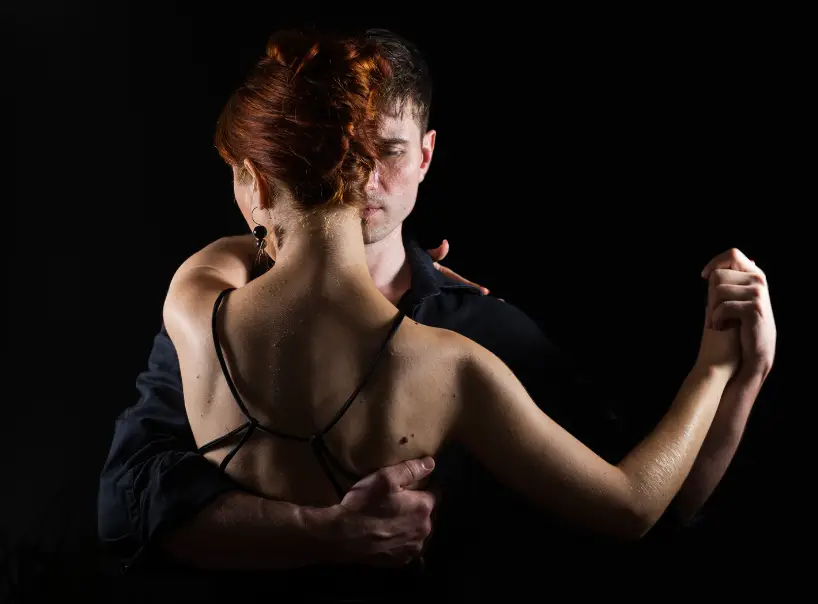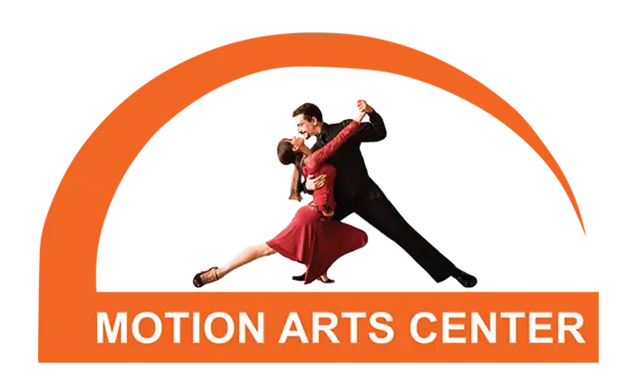
Introduction: Dancing Until Sunrise
Buenos Aires milongas are renowned for their endurance, often pushing the boundaries with marathon sessions lasting up to 9 hours. Yet, a common question arises: “Isn’t it monotonous to dance the same dance all night?” Well, here’s the twist – tango isn’t just one dance; it’s a captivating trilogy of rhythm and expression!
Milonga: The Energetic Progenitor
Let’s start with milonga, the lively progenitor of classic tango. Originating from street dances on the unpaved roads of South Buenos Aires, milonga’s roots are intertwined with the rhythms of candombe, African drum choruses, and the dueling guitars of Argentine payadores. Its syncopated beat, influenced by the Cuban habanera, gives birth to a fast, energetic dance characterized by small, traspié (tripping) steps and an abundance of forward momentum.
Recognizable by its 2/4 time signature, milonga’s pace, simplicity, and upbeat spirit offer a delightful departure from the melancholic tango.
Vals: A Waltz with an Argentine Twist
The vals (spanish for waltz) is a dance that takes the classic waltz and infuses it with an Argentine flair. The distinguishing feature is its 3/4 rhythm, presenting a lilting beat that deviates from the norm of even-numbered beats. Dancers respond to this musical ecstasy by swirling and twirling, maintaining fluidity and avoiding pauses.
Imported during the late 19th-century European immigration wave, the vals found its place in Buenos Aires, adding a touch of joyous, flow and rhythmic movement to the Argentine dance scene.
Tango: The Heartbeat of the Milonga
Last but not least, the crown jewel – the classic Argentine Tango. Dominating the airwaves at a milonga (which also stands for tango party), traditional tango takes center stage in the DJ’s playlist. With “tandas” typically sequenced as Tango-Tango-Milonga-Tango-Tango-Vals, classic tango sets the mood with its unmistakable melancholy or dramatic musicality, it’s slow and deliberate beat, and crowded dance floors.
Dancers express passion, drama, and romance through slow, graceful walking steps and pauses, utilizing the entire range of moves afforded by the slower beat.
In Conclusion: One Embrace, Three Musical Traditions
In the end, tango isn’t just a dance; it’s a symphony of movement and emotion, where each style adds a unique brushstroke to the canvas of Argentine dance culture.
So, immerse yourself in the embrace, feel the heartbeat, and let the trilogy of tango traditions sweep you off your feet! One embrace, two dancers, and three musical traditions – this is the magic of tango!







